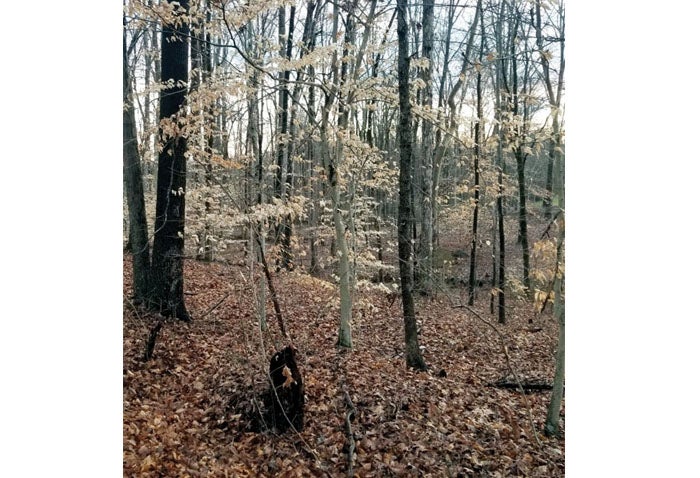Darrell Blackwelder column: Beech trees
Published 12:00 am Sunday, January 31, 2021

- Beech trees
One day my neighbor was taking a few photos in the woods of one of his favorite trees. It was a smaller deciduous tree that retains all of its leaves during the fall and winter months. Beech trees (Fagus grandiflora) have unusual characteristics in that their shiny green leaves of summer turn light brown and remain on the tree throughout the fall and winter months. The leaves have a distinctive veined appearance with a sharp bud on the tip of the twigs. The bark of the trees is also somewhat unusual in that it is light grey with a smooth texture. Beech trees grow to heights up to 80 feet with a trunk diameter of two to three feet, therefore these trees need to be in an area with plenty of space with full sunlight, although they will tolerate shade.
Riding through the countryside or in the mountains, you’ll often see scattered groves of these understory trees dotting the woods. The trees are often sprinkled among oaks, maples and other deciduous trees in well drained areas making them easy to spot.
Different cultivars of beech trees are available with diverse leaf shapes and color. Red-leafed beech trees are often used in in formal gardens in Great Britain. Copper beech trees are planted closely together and the limbs are woven or “pleached” to make a phenomenal solid wall of brilliant red color for borders and entryways in their formal gardens. Go to https://plants.ces.ncsu.edu/plants/fagus-grandifolia/ for more detailed information.
Darrell Blackwelder is the retired horticulture agent and director with the North Carolina Cooperative Extension Service in Rowan County. Contact him at deblackw@ncsu.edu



